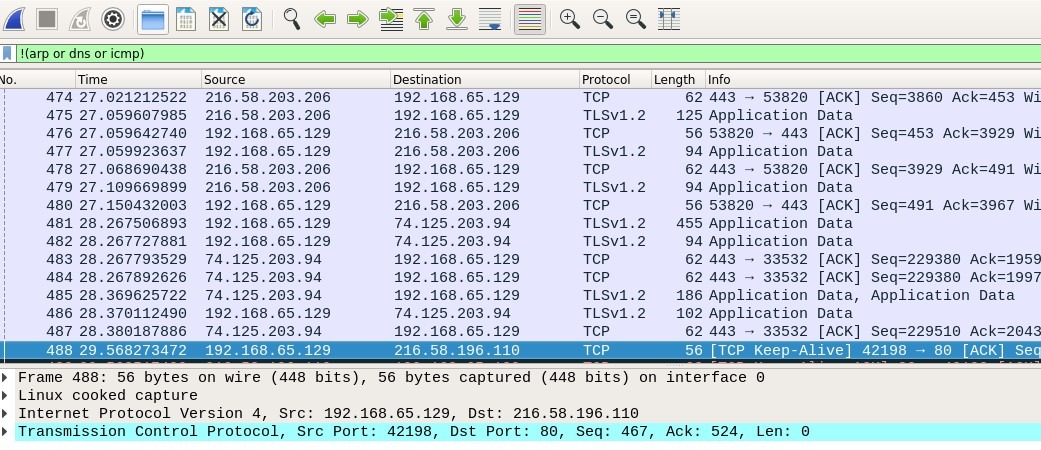

This one-liner will install it on Ubuntu: It is a cross-platform application with versions available for Linux, Windows, and Mac computers. It will also detect and report on devices that are connected via Wi-Fi. It detects what devices are connected to your network and then scans those devices for information such as operating system type and version, open ports, IP address, and more. The nmap network mapper is a powerful scanning and reporting tool. Knowing what is connected to your network is a fundamental requirement to planning your patching and upgrading schedule, knowing what you’ve got to protect, and knowing which devices might be putting you at risk. These are just the five that I find myself turning to again and again. There are many more open-source tools you can use to boost your cybersecurity posture and assist in the management and hardening of your network. This stands as a testament to the dedication of the communities, maintainers, and project leaders behind these applications. Some of them are the de facto standards in their fields. You can then compile the code and build a version for yourself with the fix in it so that you don’t need to wait for the official release to be rolled out.Īll of the applications we’re going to look at in this article are open source. If you need the fixes straight away because they are critical to you, you can download the source code as soon as the bug fixes have been added. But what it does mean is that when bugs are discovered, they are characterized quickly and addressed rapidly, and the fixes are soon available as patches. All large software projects will contain bugs. That doesn’t mean open-source software can’t have bugs. As Linus Torvalds, chief maintainer of the Linux kernel, famously said, “…given enough eyeballs, all bugs are shallow.” Though Open Source isn’t Foolproof


 0 kommentar(er)
0 kommentar(er)
